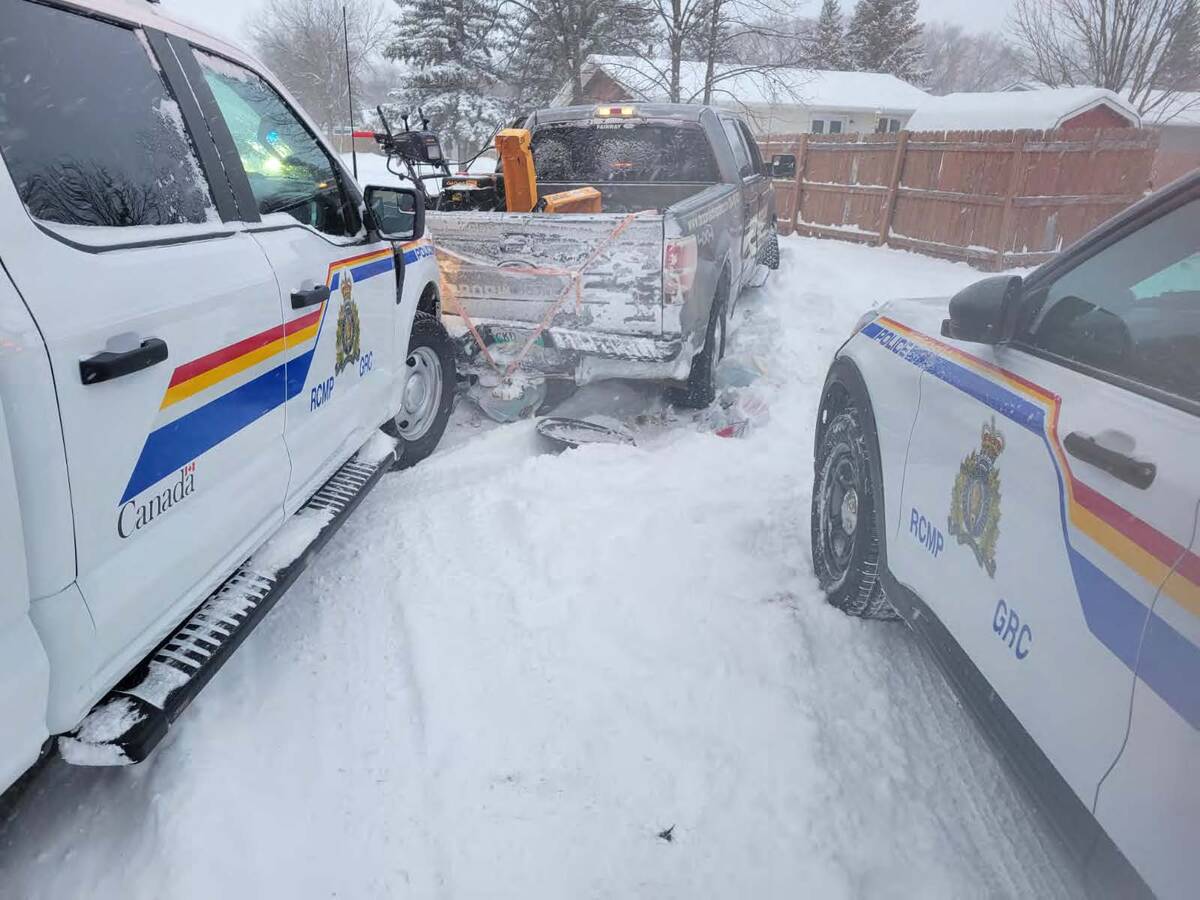What happens when cost of production is removed from the equation in beef ranching?
The results can end up being bizarre, said Bart Lardner, a research scientist at the Western Beef Development Centre in Lanigan, Sask., who recently visited beef operations in Finland.
In that Scandinavian country, which lies north of 60 degrees latitude, European Union regulations dictate how long cattle can be out on pasture, what kinds of facilities they can be housed in, and a myriad of other rules that make beef production “unbelievably expensive.”
Read Also

Protecting the farm from crime
From better lighting to cameras to reporting to police, here are some things farmers can do to reduce their crime risk.
In return, the “frustrated dairy producers,” who keep their animals in barns nine to 10 months of the year, receive subsidy payments to keep their operations afloat.
“A lot of the young producers said, ‘We wish those regs were not there. We wish it was a free-enterprise system,’” said Lardner, who was invited to tour their operations and offer constructive criticism.
“My criticism was too much concrete, too much steel,” he said. “You guys have to start thinking outside the box here.”
At one point, he stood in a barn, which they called a “feedlot” and watched as 200 intact two-year-old males attempted to ride one unlucky bull. Regulations didn’t allow the owner to castrate his calves, while forcing him to spend more than $500,000 on steel and concrete. Well-meaning bureaucrats in Brussels had forked over 65 per cent of that cost in support payments, said Lardner.
In the EU, the packers control how farms are run, he added.
“They want big cows, big carcasses, no fat, no marbling — no eating experience,” said Lardner.
Also a subsidy
While Canada doesn’t have those sorts of subsidies and a much less burdensome regulatory environment, on some ranches, a wife working in town helps to prop up operations that perpetually bleed cash through wasteful practices, he said.
And instead of bureaucratic “diktat,” coffee-row gossip rather than science remains the prime source of production information for some, he said.
“You can’t manage what you can’t measure,” said Lardner, who bases his research on work with a herd of 300 Black Angus cows on 2,000 acres of mostly improved forage, and 400 acres of cropland at the Western Beef Development Centre.
Winter feeding costs are key in Canada, he noted. In 2010, beef economics benchmarking work conducted by the centre and using real data gathered from Saskatchewan ranches pegged winter feeding costs at 71 per cent of the $533 cost of raising a calf. Winter feed and bedding for the mother cow amounted to $381.
While Brussels might be worried that cows suffer from the cold and wind, Canadian ranchers use drylots because cows will need more feed to stay in condition when exposed to the elements.
There’s some truth to that, said Lardner, noting that a cow in good shape can stand the cold, but a 20-kilometre-an-hour wind will “peel the backfat off in a week.”
The solution is natural shelterbelts, tree lines, and where those don’t exist, portable windbreaks. For managing cattle movements, there are solar-electric fencers and frost-free watering systems. Government grants can be used to reduce the cost, he added.
“You don’t need to chop a hole in the dugout anymore. You really don’t,” he said.
Feed testing is cheap and can save thousands over a winter. Producers may be concerned about protein content, but energy is the top concern in winter feeding, said Lardner, who urged producers to search for the best, cheapest supplement available.
For example, last year in his area abundant rainfall sent hay yields soaring. Hay was big in volume, but low in quality, and many ranchers who skipped feed testing were surprised to find their cows in poor condition as calving season drew near.
Swath grazing is one way to put the “four-legged manure spreaders” to work. But he advised ranchers to have a “Plan B” — the drylot pen — in case Mother Nature sends freezing rain or blizzards.
Reduced costs of in-field wintering have captured the attention of big operators such as the massive 28,000-head Poundmaker feedlot near Lanigan. Faced with $4 barley and $7 corn, Poundmaker has lately been trying to put on pounds by backgrounding stocker yearlings using cheaper in-field feeding and then finishing them on high-cost, grain-based rations for shorter periods.
“The high cost of gain in a drylot is forcing us to look at extended grazing systems,” he said.
The feedlot operator has also noticed that in-field backgrounding has resulted in more “bulletproof” animals healthwise hitting the drylot pens for final finishing, he said.














